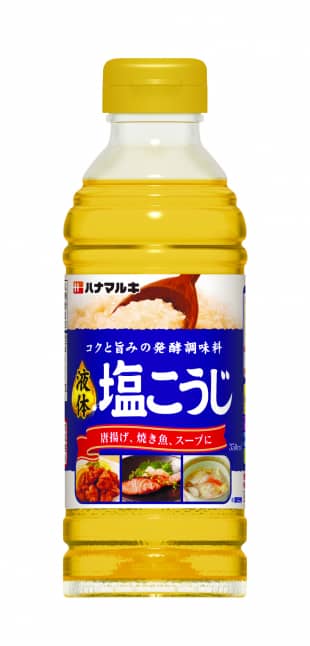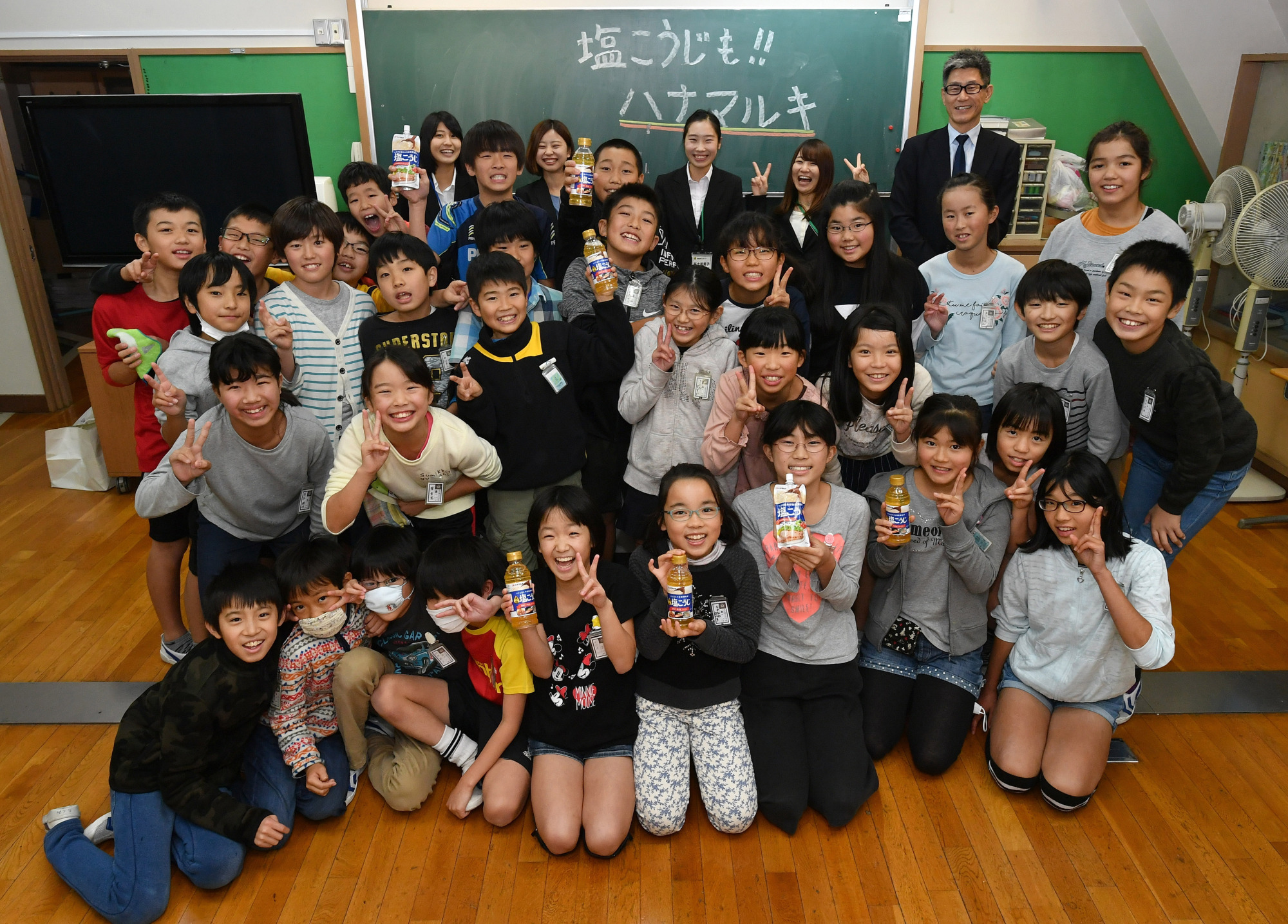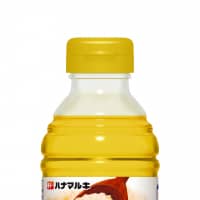On Dec. 7, fifth graders at Oji Daigo Elementary School in Tokyo’s Kita Ward had the chance to fry up and feast on umami-rich pork using shiokōji, a traditional Japanese fermented condiment.
Made from salt, water and rice kōji (steamed rice fermented with a specific strain of a mold starter), the 33 students used a liquid version of the condiment made by Hanamaruki Foods Inc. Thanks to a proprietary patent to liquefy it, Hanamaruki is the sole producer of this supermarket staple. The event marked the company’s first foray into collaborating with elementary schools.
Shiokōji has various uses, such as tenderizing meat and cutting down the fishy odor of seafood while increasing a dish’s umami.
“Not many children know what shiokōji is, even though it’s a traditional Japanese condiment. I believe this kind of event is important, as it’s passing on traditional Japanese culture to the younger generation,” said Hanamaruki Foods Marketing Department Director Nobuyuki Hirata.
The liquid form is more convenient in the kitchen because it’s easy to measure out specific amounts, doesn’t burn and marinates meat evenly compared to the condiment’s more common form that resembles white porridge.

Before the cooking activity, guest instructors went over the basics of fermented food with the students; this included different ways to cook daikon — fermenting it to make takuan (pickled daikon), baking, deep frying and boiling.
In addition to rice kōji and daikon, mold starters have also been crucial ingredients in preparing a number of traditional Japanese foods and condiments for centuries. Miso, soy sauce, mirin (rice vinegar), amazake (a sweet, fermented rice drink) and shōchū (hard liquor distilled from sweet potatoes, rice or barley) are some common examples.
The instructors — university students aiming to become teachers after graduating — also gave the students a quiz about which foods such as bread, yogurt and soy sauce they thought were fully or partially made through fermentation.
Kaoruko Igarashi, one of the student teachers who is in her last year at a university in Tokyo and will begin working as an elementary school teacher in April, said she was glad the students were active during the classroom portion.
“I used daikon as an example because that’s something everybody knows. Also, many people know of takuan, and I wanted the children to know that takuan is a fermented food,” Igarashi said.
Afterward, it was time to cook. In the home economics room, students were given three bags of pork — one with unseasoned meat that they marinated with liquid shiokōji and massaged to speed up the process, another seasoned with salt and a third pre-marinaded in liquid shiokōji.
According to a Hanamaruki employee, the ideal marinating time for pork is about two hours, however, because of time constraints, students set aside their marinades after finishing and switched to frying the prepared pork from the other two bags.
The activity wrapped up shortly before lunch and the fifth graders were able to try out their creations along with cucumbers pre-marinated in shiokōji. The finished product was met with excitement, smiles and some amusingly straightforward commentary.
“I felt the pork with salt was tougher,” said one student, while another observed, “The one with shiokōji was sweeter.”
Overall, the students had a great time and the activity was a success. Hirata was also pleased with the event and shared he would like to consider doing this activity at other schools.






